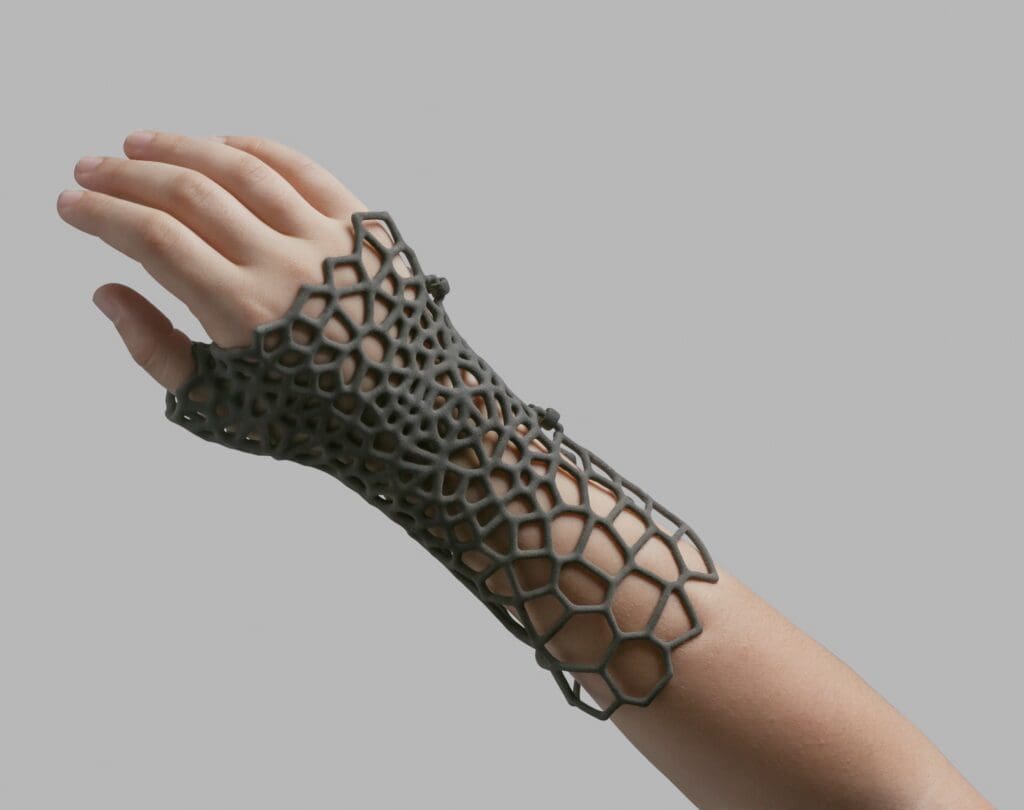Selective laser sintering, or SLS, is a 3D printing technology that uses a high-power laser to fuse powdered material, creating fully-dense 3D objects. SLS 3D printers offer several advantages over other technologies, including the ability to print multiple materials and produce parts with high strength and durability.

However, before investing in an SLS 3D printer, there are several important factors you need to consider.
Here are the top considerations:
Material Options are Key
SLS 3D printers can print with a variety of materials, each with their own pros and cons. Nylon is the most common and offers good strength, flexibility and heat resistance. Polyamide offers even higher heat resistance but at a higher cost. Glass-filled nylon provides the highest strength and rigidity but is also the most expensive. Metal composites can produce functional metal parts, though require specialized post-processing.
The material you choose depends on the properties required for your application. Consider strength, flexibility, heat resistance, durability, chemical resistance, biocompatibility and cost. The wider the range of materials compatible with the printer, the more versatile it will be.
Accuracy and Surface Finish Depend on Settings

SLS 3D printed parts can be very accurate and have a smooth surface finish when optimized settings are used. However, part quality depends heavily on laser power, scan speed, layer thickness and hatch spacing.
Look for a printer with a minimum feature size of 0.1mm or smaller for the resolution you need. Pay attention to the quoted accuracy range, surface roughness and dimensional tolerances the printer can achieve for different materials.
Post-Processing is Essential for Best Properties
SLS 3D printed parts require post-processing to achieve the best mechanical properties and surface finish. This may include:
- Removing support structures
- Knocking out loose powder
- Heat treatment to relieve internal stresses and maximize strength/toughness
- Surface finishing like tumbling, sanding or polishing
- Consider if you have the equipment and expertise for any needed post-processing. Outsourcing may be an option.
- Material Costs Can Add Up Quickly
- Powdered materials for SLS 3D printing can be expensive, especially high-performance options like glass-filled nylon. Material costs typically range from 50 to 300 per kilogram depending on the material.
Maintenance is Required for Optimal Performance

SLS 3D printers have complex components that require regular maintenance to ensure optimal performance. This may include:
- Cleaning excess powder from the build chamber, recoater and feed bins
- Replacing or cleaning filters
- Calibrating the laser power and scan speed
- Tightening screws and belts
- Lubricating mechanical parts
Plan for the downtime, expertise, equipment and expense needed for routine maintenance. Consider a service contract with the printer manufacturer if maintenance is beyond your capabilities.
In summary, many factors must be considered before investing in an SLS 3D printer. Carefully evaluate your material requirements, part specifications, post-processing needs, material consumption rate, maintenance requirements and budget to determine if SLS 3D printing is right for you.
